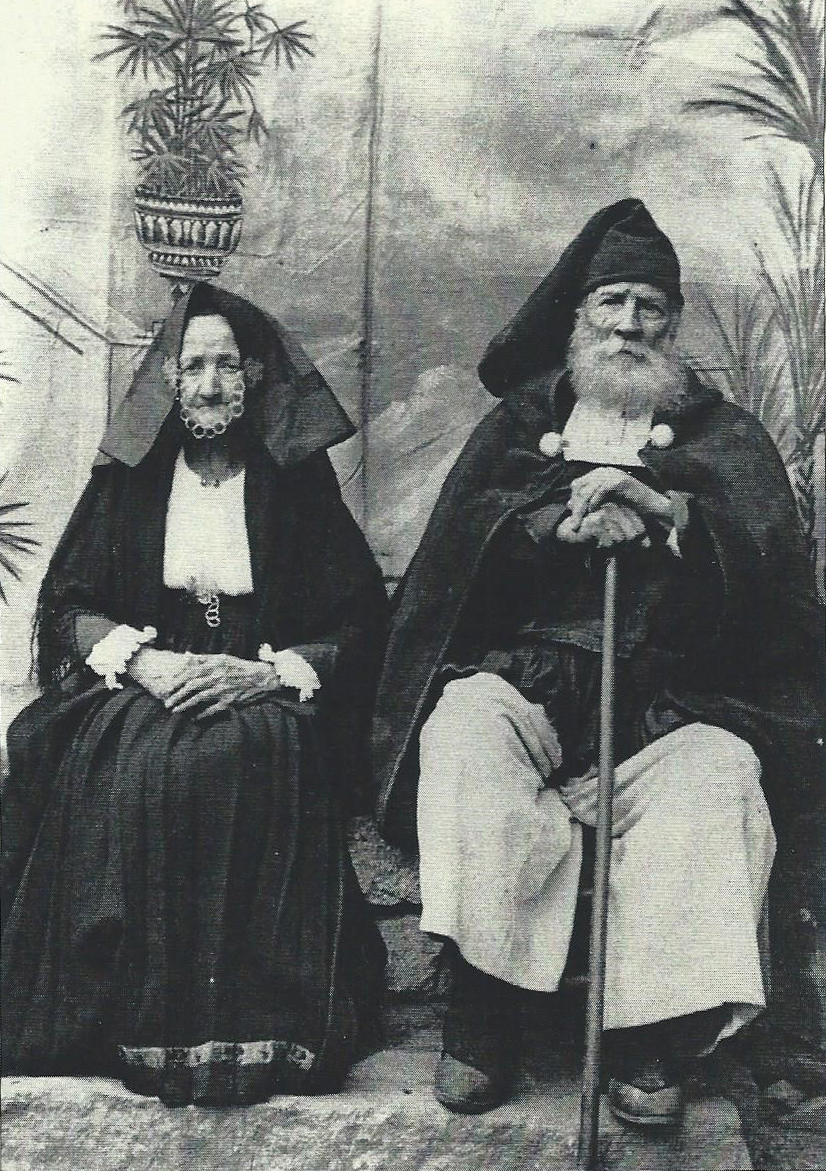The historical evolution of Villagrande Strisaili
Villagrande still carries traces of pre-historic settlement, dated to the 3rd millennium B.C.
The clearest material evidence can be found from the Nuragic phase, including the nuraghi, the giants’ tombs, the villages and the places of worship spread around the territory.
Roman occupation was witnessed by several archaeological findings, including that of a rich store of Roman coins found on the border with Talana; it is possible that in the later Imperial Era the territory was part of the Rubrenses tribe.
Under the Diocese of Suelli during Christianity in the Middle Ages (12th century) it was part of the Ogliastra Curatoria in the giudicato of Calari. In 1258 it became a part of the Kingdom of Gallura, and then became a part of the Republic of Pisa until 1323.
On this matter, Villa Strisaili de monti bus scripti Judicatus Oglastri is cited for the year 1316 in the lists of the villages that paid taxes to the council of Pisa, equivalent to decem denarorium aquilinorum minutorum, i.e. 10 lire each year in two instalments (fig. 1).

Starting from the early decades of the 14th century, it became a part of the land of the Catalan-Aragon Kingdom of Sardinia, that granted it in fiefdom to the Count of Quirra Berengario Carroz. From 1361 to 1409 it took on the appearance of a an Oristano Curatoria. It then returned to Carroz di Quirra. In the concession of the allod by Ferdinand of Aragon to Violante Carroz in 1504, to the fiefdom of Villa Strisaili there was also the allod of Biddanoa Strisaili, corresponding to the current hamlet of Villanova Strisaili.
This fact would presume that the abandoning of Villa Strisaili took place because it was too exposed to the Barbagia raids. The latter also involved the new location, so for safety reasons, a large part of the population decided to settle in the area of the current quarter of Santu Jaccu , where Villa Manna de Strisaili, cited in this form in a document of 1579 was founded.
With reference to the name of the village, beyond the evident meaning of the first element, the second Strisaili, locally interpreted as deriving from tres ailes, i.e. three sheep stalls, according to the linguistic-descriptive study by Gianfranco Manos is of unknown etymology, probably to be traced backed to pre-Roman substrate.
In 1511, on the death of the last heir Carroz, it passed to the Centelles family, and was then claimed, after various occurrences, by the Osorio family in 1840 (fig. 2).

In the 17th century, the disputes with the bordering village of Fonni, over property in the area around Monte Novu, that both communities claimed due to different historical reasons, began.
The long dispute was only resolved in 1810, with the granting of that land to the people of Fonni by King Victor Emanuel I, as a perpetual fief, further to payment of a tax to the village of Villagrande. A trace of this matter can be found in local maps, that show typical Fonni impressions.
In 1813, by official act, Villagrande and Villanova were merged.
One of the most interesting of the various hypotheses and legends linked to its origins is the one referring to the destruction of the Onnis village, originally located close to the current cantoniera house at Pira’e Onni, which took place in 1670 apparently due to a plague.
Angius, in the part relating to Villagrande Estrisali, writes of the news that in the early decades of the nineteenth century, this village had 225 houses; 263 families and 1114 inhabitants, concentrated mostly in the above-stated quarter, as can be seen in the first maps of the village, i.e. The ones in the Real Corpo di Stato Maggiore archive (Archivio La Marmora) from 1840-1845 (fig. 3).

Some of the experts who have made references to the ancient dwellings of Villagrande include Angius, Casalis and La Marmora (fig. 4).

Bibliografia
- ANGIUS V., Città e villaggi della Sardegna dell'Ottocento, volume III, Nuoro 2006, p. 1768.
- ARTIZZU F., Rendite pisane nel Giudicato di Cagliari nella seconda metà del secolo XIII, in Archivio Storico Sardo a cura della Deputazione di Storia Patria per la Sardegna, volume XXV fasc.3, Padova 1958, p. 96.
- CANNAS A.-RUBIU A., Villagrande Strisaili tra Storia e Leggenda, Cagliari 1977.
- CANNAS E., CASARI D. (a cura di), In Villagrande Strisaili, Cargeghe 2014.
- MANOS G., I nomi locali di Arzana, Urzulei, Villagrande Strisaili: studio linguistico-descrittivo, Cagliari 1993, p. 9.
- WAGNER M. L., Dizionario etimologico Sardo, Heidelberg: C.Winter Universitatsverlag, 1960-1964.

 VR
VR